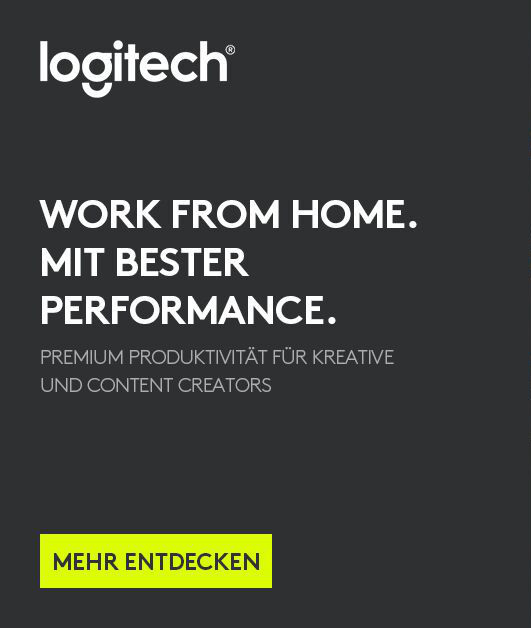Update for Zoom Contact Center
New or enhanced feature
Admin features
Support for work items as Zoom Contact Center channel
- Account owners and admins can route back-office and asynchronous tasks such as tickets, cases, and follow-ups through the same omni-channel engine used for voice, chat, and email. Work item flows can be built with standard widgets (conditions, HTTP calls, scripts), and dedicated queues can be configured with full distribution and routing settings. Agents receive separate capacity for work items and manage them directly within the same client interface as all other channels. Work items are created and closed via API, with required fields (flow destination, title) and optional metadata (description, due date, priority). This unified routing model ensures every task is handled with the same intelligence and prioritization as live channels, reducing operational gaps and eliminating the need for separate back-office systems. This feature must be enabled by Zoom.
Slack integration for Zoom Contact Center messaging channel
- Admins can integrate Slack as a new messaging channel in Zoom Contact Center, allowing employees to engage with their company's internal helpdesk directly through their Slack workspace. Admins can create Slack flows with standard widgets including Send Media, Route to, Collect Input, and HTTP Call widgets. Agents and supervisors can manage Slack engagements with full conversation history, transfer capabilities, and media sharing functionality. Supervisors can monitor and participate in Slack conversations through barge capabilities. All Slack engagement data is included in reporting, data retention policies, and engagement logs with transcript viewing capabilities. This integration provides employees with a seamless experience to receive internal support through their familiar Slack interface.
Queue assignment for flow voicemails using Route To widget
- Admins can assign voicemail messages to specific queues when routing to an inbox using the Route To widget in Zoom Contact Center flows. When selecting Route to Inbox , admins have the option to manually select a queue from a dropdown or use a variable to dynamically assign the voicemail to a queue. With this feature, agents can see the intended queue name for every voicemail in a shared inbox, enabling faster prioritization and handling of messages with proper context about the routing intent.
New ringing event and agent metadata for engagement events
- Account owners and admins can trigger scripts using a new ringing event that activates when an agent enters the ringing state for any engagement across voice, video, messaging, and email channels. The ringing event provides access to agent name and email variables for script automation. Additionally, existing engagement events including engagement started, engagement accepted, and engagement closed are enhanced with the same agent metadata. Admins can use this information to create scripts that send enriched data payloads to external systems through REST APIs. This enhancement enables real-time CRM updates and automated workflow triggers based on agent-specific engagement lifecycle events.
Microsoft Teams integration with Zoom Contact Center
- Account owners and admins can integrate Microsoft Teams as a new messaging channel in Zoom Contact Center, allowing employees to get help from their internal helpdesk through their company's MS Teams helpdesk app. Admins can create Microsoft Teams flows with standard widgets, configure messaging queue settings, and manage channel-specific policies. Agents and supervisors can handle Microsoft Teams engagements with full functionality including message replies, file sharing, transfers, and supervisor monitoring capabilities. The integration allows employees to access internal support easily through Microsoft Teams.
Mask sensitive DTMF inputs in IVR flows
- Admins can enable privacy protection for sensitive information entered by callers using phone keypads during Interactive Voice Response (IVR) interactions. The system provides an option to flag specific Dual-Tone Multi-Frequency (DTMF) input fields as sensitive to ensure that data such as national identification numbers or other confidential information is never recorded or displayed anywhere in the platform. When this masking feature is enabled, the sensitive data is completely excluded from engagement logs, debugging logs, reports, and all user interfaces including agent and supervisor desktops. This feature helps organizations meet data privacy compliance requirements in regulated environments.
Incoming engagement handling on multiple platforms
- Admins can configure how incoming engagements ring across multiple client locations when an agent is logged in on different devices at the same time. Configuration options include the Zoom desktop app, Zoom mobile app, Zoom Web App, Zoom Contact Center CTI client, and PSTN. Admins can define which devices should ring for incoming engagements, while agents can view these settings and edit them if granted permission. This enables a consistent experience for agents and helps minimize customer wait times. This feature must be enabled by Zoom.
Note: This feature will not be immediately available, as it is dependent on the client release currently scheduled for November 17, 2025
Disable manual calling using dialpad based on role
- Admins can configure user roles that disable access to the dialpad in both the Zoom Contact Center desktop app and CTI connector. Users with dialpad restrictions can still initiate outbound calls through click-to-call functionality from CRM systems, address book contacts, and trusted applications. The dialpad interface is hidden or grayed out for restricted users, to prevent unauthorized use. This helps organizations maintain compliance with regulatory constraints that prohibit agents from dialing arbitrary phone numbers. This feature must be enabled by Zoom.
Note: This feature will not be immediately available, as it is dependent on the client release currently scheduled for November 17, 2025
Auto-close notification messages for inactive flow engagements
- Account owners and admins can configure auto-close messages to be sent to consumers when engagements are automatically closed due to inactivity within Zoom Contact Center flows or Zoom Virtual Agent bot flows. The system uses a default auto-close message that can be customized using text assets for multiple languages. When the auto-close timer triggers, the configured message is automatically sent to the consumer before the engagement closes. This enhancement keeps consumers informed when conversations end due to inactivity, preventing confusion about engagement status.
Ability to view supervisor takeover events for video engagements
- Supervisor takeover events in video engagements can now be viewed from the Engagements tab, Engagements Log , and Queue Details Report . Each record shows the channel, name, and time when control of a video engagement is assumed. The event view includes the same details available for other channels, providing full visibility into actions across Zoom Contact Center.
Ability to edit global variables
- Admins can allow agents to edit global custom and consumer system variables during active engagements and wrap-up for voice, video, messaging, and email interactions. Agents can update variable values directly in the engagement details panel, and the changes appear in to supervisors during engagement monitoring. Only the assigned agent can make edits while an engagement is active, and editing is disabled once engagement disposition is set. It also enables smoother CRM integration by letting agents send updated data to CRM objects such cases, without switching systems. This feature must be enabled by Zoom.
Note: This feature will not be immediately available, as it is dependent on the client release currently scheduled for November 17, 2025
Agent and consumer features
Support for smart compose for messaging in CTI connector
- Agents using the CTI connector can generate AI-powered response suggestions when sending messages to customers. The system creates thoughtful, on-tone responses based on agent input and predefined guidelines or prompts. Generated responses are formatted in first person to sound like direct agent communication with customers. This feature helps agents, particularly those with less experience, craft more effective customer responses and improve their messaging efficiency.
Multiple concurrent browser sessions for Zoom Web App
- Zoom Contact Center users can open up to five Zoom Web App sessions at the same time in different browser tabs. Multiple concurrent sessions are supported without requiring logouts from existing instances. Presence status such as Do Not Disturb, Away, or Out of Office updates correctly across all active sessions.
Bug fixes
- Resolved an issue where pressing the Space key dismissed inbound engagements in Zoom Contact Center.
- Resolved an issue for a subset of users in regarding the embedded Zoom app closing automatically when agents answer a call in Zoom Contact Center.


